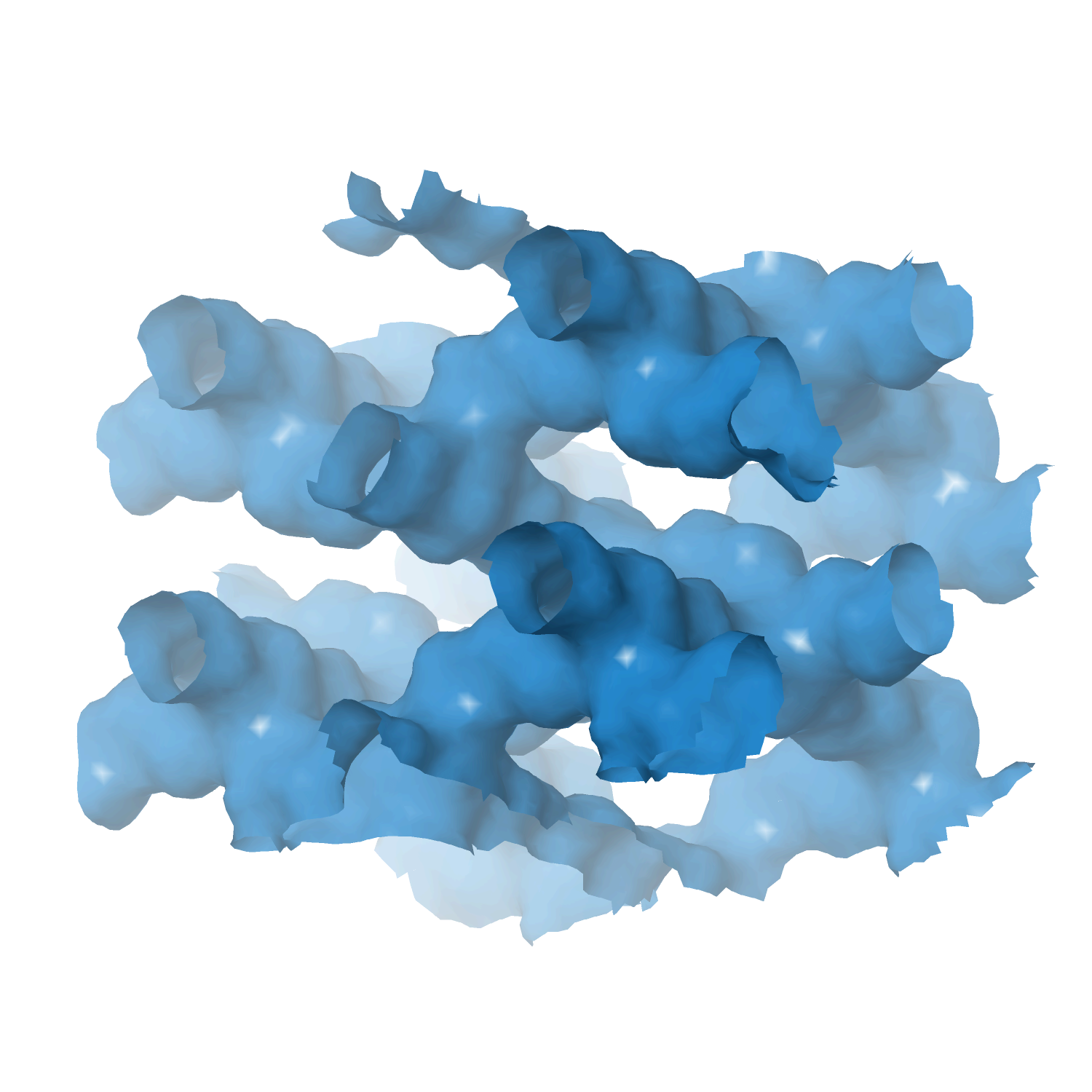Heterogeneous catalyst engineering ⇒ from stable and deactivation resistant to viable technical catalyst
Advances in heterogeneous catalyst “structure” are driven to improve their “function” or performance, i.e., activity, selectivity, and stability. Cooperative research is required to understand the structure and function relationships: developing new synthesis protocols for heterogeneous catalysts with unique surface properties, defined porosity, identification and understanding of catalytically active sites, reaction mechanisms, and finally, prediction and analysis of the processes using various computational tools.
Our group focuses on developing new catalyst formulations using innovative synthesis routes for various important heterogeneous catalysts. That includes thermal, electro, and bio-electro catalysis.
The active phase cannot be used directly in its final application or reactor for various reasons, including poor mechanical resistance, heat or mass transport, and fluidization features. We must mix the active phase with other ingredients in a matrix of binder and filler, while we shape it into a technical catalyst. We investigate new synthetic protocols for technical catalysis using spray drying and fluidized beds to cover the whole range of sizes. At the same time, we incorporate additional (unconventional) ingredients such as SiC to improve some features even further.
- Technical catalyst I ⇒ spray drying and extrusion
- Technical catalyst II ⇒ spray fluidized bed reactor
- Technical catalyst III ⇒ electrospinning
- Zeolite catalysts ⇒ with defined structure/porosity
- Multi-metal (high entropy) alloy catalysts
- MXene catalysts ⇒ single and multi-dimensional
- Perovskite catalysts
- Metal-organic framework (MOFs) catalysts
- Supported metal/metal-oxide catalysts
- Aerogel catalyst
Special Issue on Catalyst Deactivation and Regeneration
by
Castaño
Catalysts
Year:
2021
DOI:
https://doi.org/10.3390/catal11070798
Abstract
Catalyst deactivation causes major losses in the chemical industry worldwide every year. The deactivation phenomenon does not only drop the catalytic activity, but forces an allocation of time and a regeneration of resources, which, at the same time, involves wasting more feedstock and materials, and emitting more CO2. Catalyst deactivation can occur by means of metal sintering, phase transformation, thermal degradation, and coke deposition. Regeneration per-se is a costly process and is detrimental for the carbon balance that can potentially, and irreversibly, harm the valued catalysts. The limitless chase of better catalysts with enhanced properties elevates the trouble even more, as both deactivation and regeneration are more challenging.
Keywords
HCE
